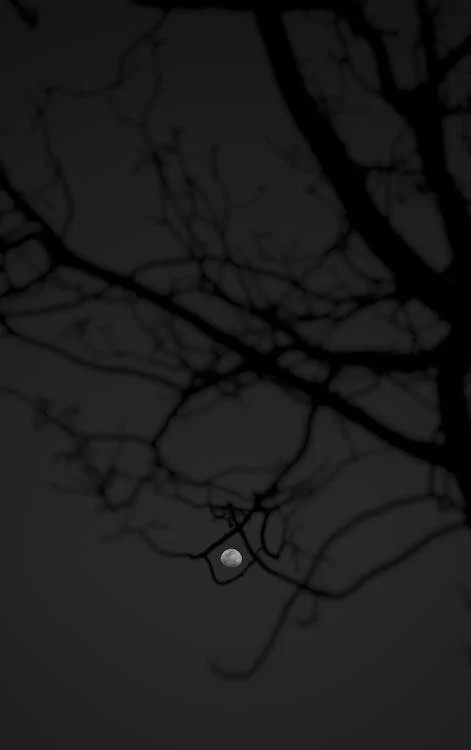Chinnamasta-the Mahvidya Goddess
 |
| Image taken from Wikipedia |
Navratri or the festival of nine nights has just gone by and Halloween comes up at the end of this month. It is the perfect time to write about Chinnamasta devi, the fifth or sixth Mahvdiya ( a group of 10 goddesses in the Hindu esoteric tradition of tantra/black magic). She is considered the goddess of sexual well-being and a protector. Both a life-giver and a life-taker, the devi appears in nude form adorned in skulls, jewellery and long hair, holding her decapitated head and feeding her two attendants Jaya and Vijaya. In other depictions, Dakini and Varnini are the two attendants gouging on the blood spurts of Chinnamasta Devi's body. She appears over the top of a copulating couple Rati and Kama (the god of sexual desire) signifying sexual well-being and control over her own sexual desire.
The legend behind the Chinnamasta
The legend goes that one day, the Hindu goddess Parvati, Lord Shiva's consort, was taking a bath in the river. Her 2 attendants were accompanying her in her purpose but stayed behind on the banks. While the goddess was engrossed in her activity they started calling out to her repeatedly saying they were hungry. The goddess minded her own business and paid no attention to them. She kept bathing for a while but after some time, after hearing their repeated requests, goddess Parvati cut off her own neck, some say with her unruly nails, and fed her two attendants with blood that poured out of her neck. She transcended her physical form and became Chinnamasta, Chinna meaning decapitated and masta meaning head.
The rituals and the aura surrounding Chinnamasta
Being a goddess in nature, Chinnamasta devi is motherly and self-sacrificing in nature. Despite being busy, she looked after her attendants and fed them blood when she didn't have milk on hand. Being nude, and decked with simple but gothic items, the devi is considered beyond the pure and impure aspects of nature. Because of her eerie and mysterious aura, she and all kinds of 'tantra vidya' were discouraged from being practised during colonial India because of Western allusion to black magic and conservative repulsion to sexual things. Christians believed black magic was dangerous and Satanic in nature so they shunned any worship of 'tantra vidya' (black magic). She is deeply feared even in post-colonial India because of the ingrained pre-colonial Western ideas and morals. This is also why it is quite rare to find Chinnamasta devi temples.
Chinnamasta was deeply and ideally worshipped all over north India; especially in Himachal Pradesh, Rajasthan and eastern parts of India, Nepal and Tibet. But the worship is rarely done. One because it needs to be executed according to the rules of 'tantra vidya' and two because Chinnamasta is feared by the masses.
Chinnamasta isn't a goddess whose powers are limited to her physical appearance. From a psychological point of view, she is the embodiment of getting over fear and rejection since her detached head held in her left palm creates a sense of bewilderment and fear among the onlookers.
In the end, Chinnamasta Devi should be bowed down to more often and given her place back in mainstream culture because she embodies self-sacrifice coupled with a maternal element- sexual dominance and self-destructive fury.

Comments
Post a Comment